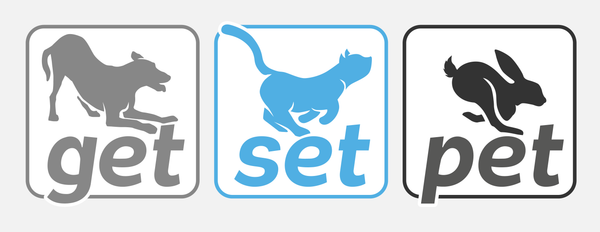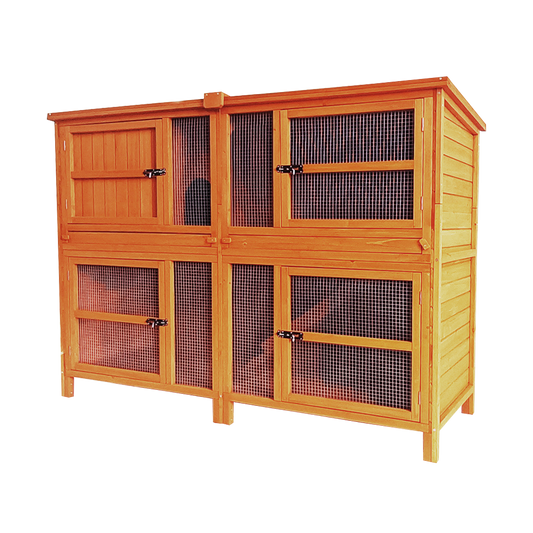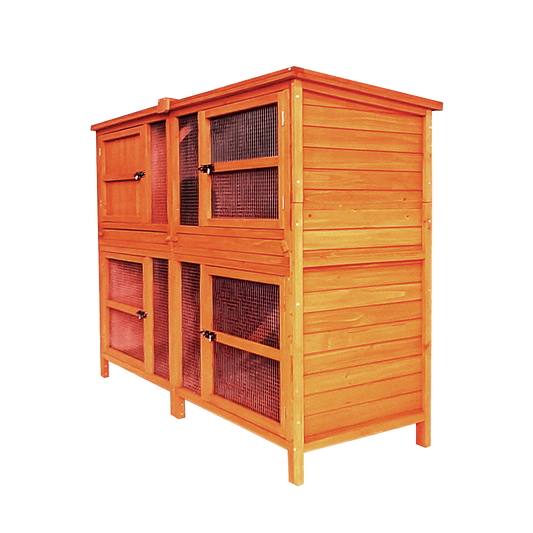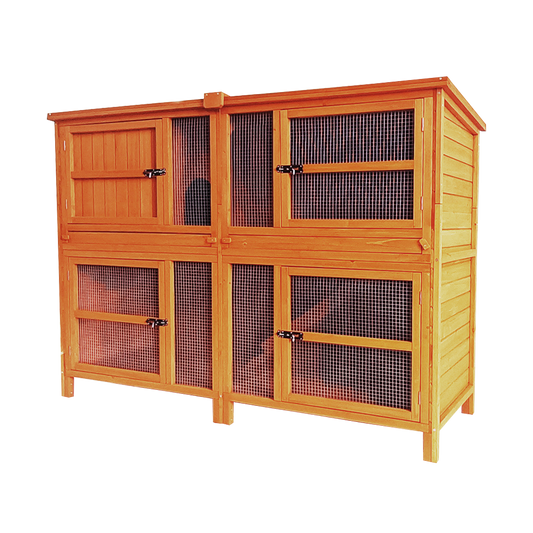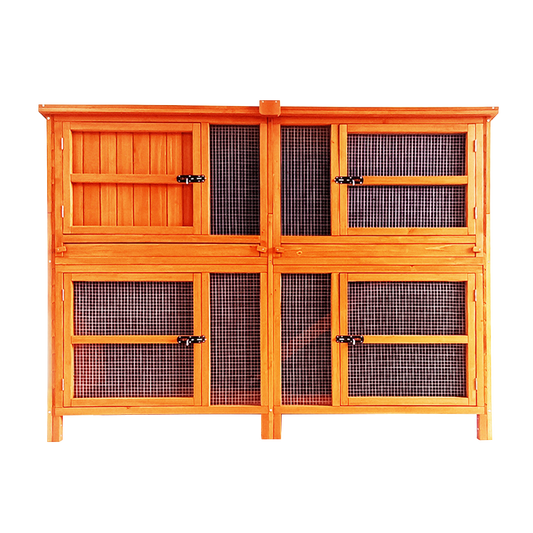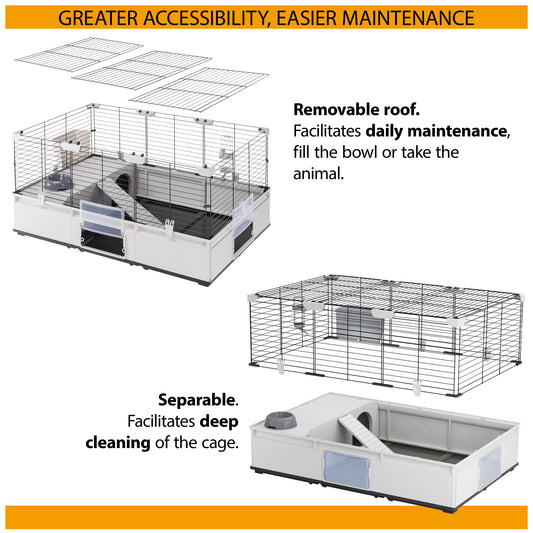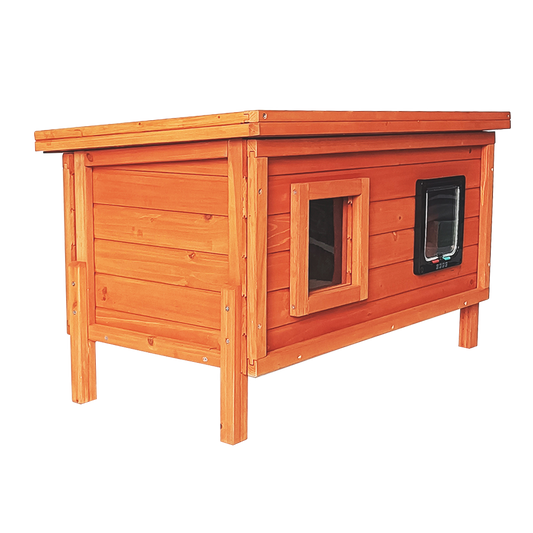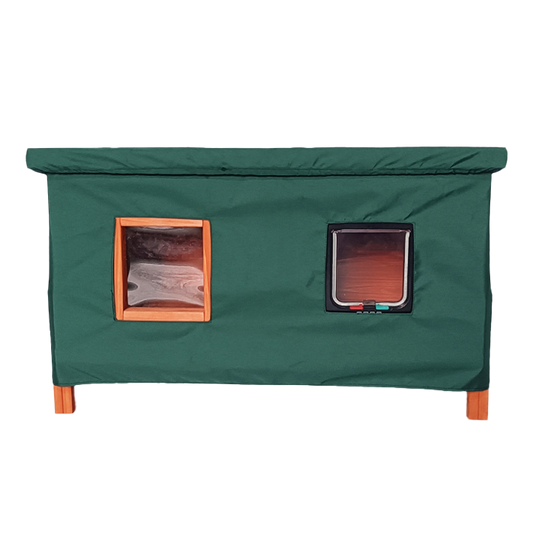You’ve made the decision to adopt or re-home a dog and an exciting time is ahead! To ensure the transition for you and your new canine pal is as smooth as possible, we’ve put together a handy new dog starter pack to ensure you’re prepared for the new furry family member arriving into your home.
Choosing an Adult Dog
Re-homing an adult dog is a very rewarding experience and a great option for people who would rather skip the puppy stage. Every dog is different and even dogs of the same breed can vary greatly in temperament and behaviour so always keep this in mind when choosing your new family member and don’t opt for a dog just because you like the look of them. Past experiences can change a dog's behaviour, so make sure you spend plenty of time with them before committing, ask as many questions as possible and allow them to meet the entire family first.
Rescue or Re-Home?
Both rescue dogs and dogs that have been re-homed may show signs of behavioural issues such as separation anxiety, hyper-attachment issues or nervousness. This is due to them being unsure and confused as their whole world has probably just been turned upside down. They may be missing their previous owner or may even be on the other end of the scale and show signs of hyperactivity because they’re so happy to finally meet kind, new people!
It’s important to take these factors into consideration and decide whether you’d rather adopt a calmer, quieter dog who needs some TLC, a little confidence boost and a quiet home with just adults or whether you’d rather choose a younger, high energy pooch who loves everyone they meet and would fit perfectly into a busy, active household. Speak to your local animal rescue and tell them about your lifestyle, how often you’re away from home during the day, how much exercise you can give a new dog, if any children or pets also live at home. These are all important notes to make as it will help you choose the right dog for you.
Every Dog Has a Different Story
Remember that dogs in rescue shelters are not there because they are “damaged”. Some end up in shelters because their owner got sick or passed away, some because their owner could no longer keep them, others because their owner didn’t realise how much time and attention a dog needs. Sadly, there will be some that have simply been let down by humans and just need a second chance. Taking in a rescue dog and showing them that their new home and family are theirs for life is extremely rewarding and humbling. There really is nothing better than seeing the difference in your pooch from that sad, lonely face behind the cage in the shelter to snoozing away on the sofa next to their favourite human with a huge smile on their face!
What's the Right Dog Food for an Adult Dog?
Your dog will have been fed a specific type of dog food before coming to live with you so ask the rescue or previous owner what dog food this was so that you can buy a small bag to have ready. Better still, see if they will give you a week's supply to help with the change over to your chosen dog food (if you’re wishing to change it). If you do want to switch them to a different diet, opt for one with meat or fish listed as the first ingredient and make the transition gradually over a week or so to avoid any stomach upsets. We suggest feeding 25% of the new dog food mixed with 75% of the previous dog food the first day and then slowly increasing the percentage of the new dog food and decreasing the old over a seven day period. It’s important to remember that many dogs have sensitive stomachs, which can be triggered by stress and anxiety, so if your dog is off his dog food or has loose stools the first few days, try not to worry too much. If the problem persists after a week or two then consult your vet for advice.
Vet Care for Your Dog
If you adopted your dog from a shelter it’s likely they would have been given a full checkup before coming to you but if you’ve re-homed your dog, we advise taking him to your local vet so that you can register him and have him checked over for any health issues that you may not have spotted yourself. Speaking to your vet about flea and worming treatments, as well as vaccinations and neutering, is also something we definitely advise as soon as possible since prevention is better than cure! Again, if they've been re-homed from a rescue then they should have been microchipped as it’s now required by law. If they have been re-homed then get them scanned for any existing microchip and either change the owner details (speak to your vet about doing this) or ask your vet to microchip them there and then if required. An ID tag with owner's surname, address and number plus a microchip is now required by law in the UK.
How to Ensure Your New Dog Settles In
The first few weeks may be challenging for some dogs as they get used to their new surroundings, new routine and new humans. Dogs that have never lived inside before may struggle to adapt initially, but with patience and love they will soon relish being in a warm home with people who shower them with affection. You may experience a few toilet accidents in the house at first so take them out every couple of hours and praise whenever they go to the toilet outside - just like you would a puppy. Sticking to a toilet routine will help as it will get their body used to going at certain times so they'll be able to control their bladder more effectively.
It typically takes around six to eight weeks before a dog fully settles into a new home so try not to expect too much too soon. You need to understand that even the tiniest, seemingly insignificant things can really frighten a dog such as the stairs, unfamiliar flooring, the hoover or even scary sounds at night! So be patient, play soothing classical music whenever you leave your pooch alone and at night time so it’s not suddenly deathly silent. Remain calm and remember, Rome wasn’t built in a day!
Physical and Mental Stimulation
Dogs of all ages need their minds occupied to prevent unwanted behaviours as a result of boredom. Depending on your dogs breed, age and health, take them for a couple of walks a day to break the day up a little and allow them to sniff and just be a dog! Sniffing is super important to your dog and allowing them to do so on their walks actually provides lots of mental stimulation. Sniffing the tree next to the park can tell your dog all sorts of things, similar to us humans checking our Facebook newsfeed in the morning or reading the headlines. With 300 million receptors to our mere five million, a dog’s nose is estimated to be between 100,000 and 100 million times more sensitive than a human’s. Keep this in mind when you’re out and about with your pooch and imagine that not allowing him to sniff is equivalent to a person being blindfolded the entire walk.
Shop dog walking equipment now
How Much Exercise Do Dogs Need?
As well as staying mentally stimulated, dogs also need physical exercise to keep them fit and active. Take a ten metre long line out with you, attach it to your dog's harness and allow your dog to run and play fetch. Take some tasty dog treats out with you and teach them their name (if they have a new one) by calling them and then rewarding every time they look to you. Take the whole family out with you and play “piggy in the middle” by each of you calling your dog in turn so they have to run between you. Reward them with a tasty dog treat every time they reach one of you. Playing fun games like this is important as it not only teaches a solid recall and reflex to name, it also helps create a strong bond as your dog will love spending time with you all and will see you as the best thing in the world.
Which Toys Should I Buy My Dog?
Providing your dog with safe toys to chew on in and around the house is perfect as it keeps their mind occupied even inside the house. Selecting a Nylabone suitable for their size and age, Antlers, Snuffle Mats, Kongs and other interactive dog toys are all great at giving your dog a “job” which they would definitely thank you for if they could. Stuffing a couple of Kongs with your dog’s kibble or meat and some dog-safe peanut butter or cheese at the top is a fabulous alternative to feeding straight from the dog bowl and can keep your dog amused for much longer. Mental stimulation like this, and short 15-30 minute training sessions can be equivalent to a one to two hour long physical walk for your dog! Keeping this in mind when you’re next pushed for time, but want your dog to feel content and satisfied just before you leave the house, can be really useful and can also help prevent separation-related issues.
Essentials for Your New Dog
Finally, we have compiled a list of our top 10 canine must-haves, to help you and your new family member get off to the best possible start:
- A couple of cosy dog beds placed in a quiet spot where they can go if they need some space.
- Dog harness, standard dog lead and dog collar with ID tag attached.
- Good quality dog food with high meat or fish percentage.
- Interactive feeding toys such as a Kong or Buster Cube.
- Toys/treats to chew on such as Nylabones and Antlers.
- Tasty dog treats for training.
- A 10-metre long line for walks.
- Plenty of dog poo bags.
- A travel dog bowl for warm summer walks to keep your dog hydrated.
- A car restraint such as a doggy seat-belt or dog crate to keep your dog safe in the car.
We’ve got everything you need to ensure your pooch is happy and healthy - check out our dog range.
More articles you may be interested in:
Boredom-Busting Ideas for Dogs
Choosing the Right Pet Insurance for Your Dog
